Halayang Ube : Purple Yam Jam
As an Amazon Associate and member of other affiliate programs, I earn from qualifying purchases.
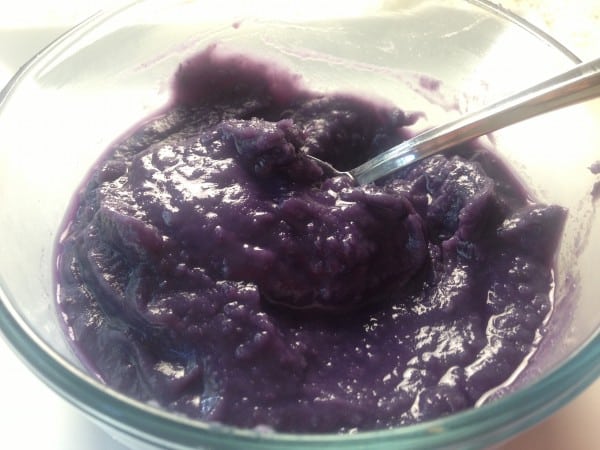
What makes the ube so irresistible? At first glance, one cannot imagine the marvelous dishes or desserts you can make out of this. Who knew that a tuber and a vegetable could make the most divine pan de sal, cookies, pies or tarts and even marshmallows like I have done?
The purple yam’s peak season is during the last months of the year. I have fond memories of Halayang Ube given as gifts during the holidays. As a child, I used to look forward to the large mass of purple, smooth shiny, heavy and heavenly jam that looked like a thick paste, encased in banana leaves atop a large basket and delivered to our home.
The best halayang ube I remember was the one my parents bought from Good Shepherd Convent in Baguio (a mountain city in the Philippines). It was made by nuns and nothing else in the world has come close to the splendid sweetness of that jam.
Whenever our family brought back a jar of halayang ube from Good Shepherd, I can’t forget how we all dived into it relentlessly. The dairy-like creamy flavor of the ube was my nirvana. It could not be replaced by any other guilty indulgence – not peanut butter, nutella, cookie butter, none of these could match the crazy, addictive feeling we all got once we had a jar of ube jalaya in the house.
How do you eat halayang ube? Once you see a jar, it is self explanatory. No need for anyone to urge you to have some. Stare down at the large jar of voluptuous dark purple, thick jam. Take a large spoon and plunge it into the floral-like fragrant jam. Embed the spoon into the soft, thick paste. Scoop out a mammoth overflowing serving that will fit in your mouth. Savor it. Roll your eyes in reverie. Relish the smooth, velvety texture. Allow the sweetness with a hint of almond-like flavors to overpower you. Feel the head rush from the sugary sweetness and smile like you won first prize. Repeat the process. Dig in again. And again. And again.
Halayang Ube: Purple Yam Jam
Halayang ube or also called haleya, is a popular Filipino dessert made from boiled purple yams. If you finish the jar all by yourself, try not to feel guilty. We all have done it, too. If it will make you feel better, here’s a recipe for homemade halayang ube. Once cooked and stored in jars, be sure to have a good hiding spot in the refrigerator for this one. You’ll want a place to keep your own stash. It’s ube and in Filipino homes, this is always an endangered jar. Serve the ube halaya as a dessert on its own. Or place it on top of halo-halo desserts, ice creams, pies or even cakes. This recipe was slightly adapted from the ube cream found in ‘Memories of Philippine Kitchens’ by Amy Besa and Romy Dorotan (from the Blueberry-Ube Tart recipe of their cookbook). This makes 2 cups of halayang ube.
Equipment
- Medium-sized, heavy stock pot
Ingredients
- 16 ounces boiled ube or purple yam pre-boiled, mashed (can be found frozen from Asian markets),
- 1 cup granulated white sugar
- 1/2 cup canned coconut milk
- 1 can (14 oz) sweetened condensed milk
- 1/4 cup butter
Instructions
- If using frozen ube: Thaw the frozen boiled ube at room temperature. (Do not use the microwave to thaw.)
- In a medium-sized, heavy stock pot, combine the boiled ube, granulated sugar, coconut milk and condensed milk. Stir and blend till ingredients are mixed together.
- Over medium heat, stir the ube mixture and cook till it becomes thick. Stir continuously. Do not leave the stock pot unattended or the mixture will burn. Stir the mixture slowly for about 30 to 35 minutes till the purple yam jam comes off the sides of the pot.
- If the medium heat becomes too intense while stirring and cooking, lower heat to simmer. The coconut milk should not curdle.
- At the last 5 minutes of cooking, when ube jam has thickened, add the butter to make the jam shiny. After the jam is cooked, remove the stock pot from the stove top and cool on the counter.
- Store ube in glass jars that have been washed thoroughly and sterilized. Keep refrigerated. This keeps for a week up to ten days in the refrigerator.
- Recipe notes: if using purple yam from scratch, boil the ube till it is soft, about 35 minutes. When cooked and soft, peel the ube. Grate the boiled ube and add as an ingredient to the Halayang Ube according to directions above, but be ready to cook the jam by ten minutes longer than the above (total 45 minutes cooking stove top). Please note the fresh ube or purple yam is abundant and easy to find in the Philippines. Here in the USA, the fresh tuber is not readily available, so I buy the frozen pre-boiled pack in Asian groceries.
- Update - Instant Pot Halayang Ube:For my recipe of Instant Pot Halayang Ube, find it in my newest cookbook "Instant Filipino Recipes" by Elizabeth Ann Besa-Quirino. This is a collection of classic Filipino dishes cooked in the Instant Pot, or any brand of multicooker. My cookbooks are sold worldwide in paperback or Kindle format on Amazon. CLICK HERE to buy on Amazon.
Hello, Friends! Please do not plagiarize my recipes, photos and articles. All the images and content here are COPYRIGHT PROTECTED. This means BY LAW you are NOT allowed to use my photos or content on your blogs, website, videos, cookbooks, TV programs, media content without my permission. If you want to republish this recipe, please re-write it in your own words and simply link back to this blog to give proper attribution. It’s the legal thing to do. Thank you. Email me at [email protected]
Nutrition
Notes on Nutrition: The nutrition information provided is an estimate and will vary based on cooking methods and specific brands of ingredients used.
Did you like this recipe? I have more classic recipes inspired by my late mother’s cooking in my popular cookbook: My Mother’s Philippine Recipes. If you’re learning how to cook Filipino food or a fan of Philippine cuisine, buy my cookbooks and books on Amazon.com sold worldwide in paperback and Kindle format.
Copyright Notice: Hello, Friends! Please DO NOT LIFT OR PLAGIARIZE my original recipe, stories, photos or videos. All the images and content on this blog are COPYRIGHT PROTECTED and owned by my media company Besa-Quirino LLC. This means BY LAW you are NOT allowed to copy, scrape, lift, frame, plagiarize or use my photos, essays, stories and recipe content on your websites, books, films, television shows, videos, without my permission. If you wish to republish this recipe or content on media outlets mentioned above, please ASK MY PERMISSION, or re-write it in your own words and link back to my blog AsianInAmericaMag.com to give proper attribution. It is the legal thing to do. Thank you. Email me at [email protected]

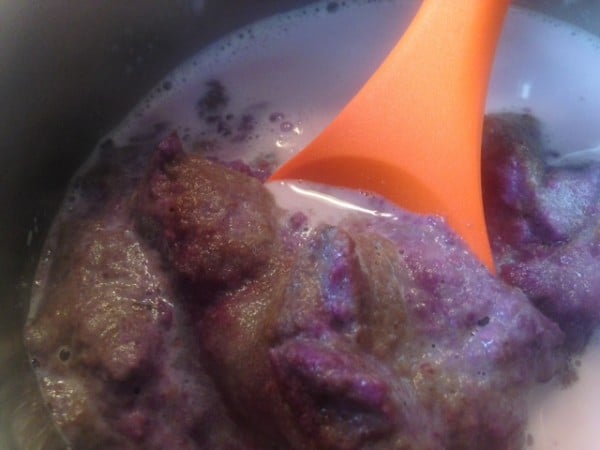
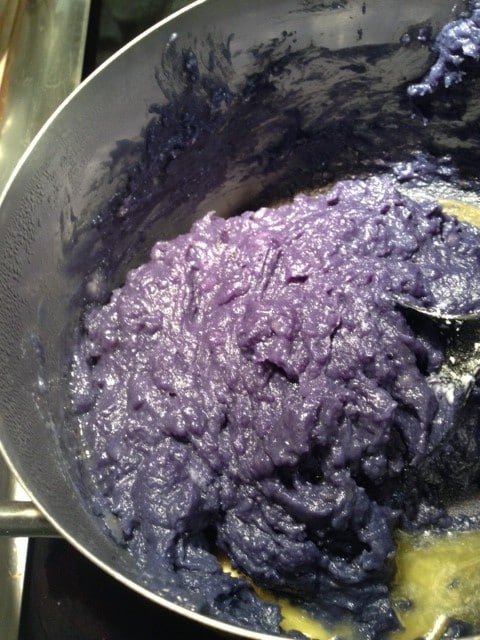
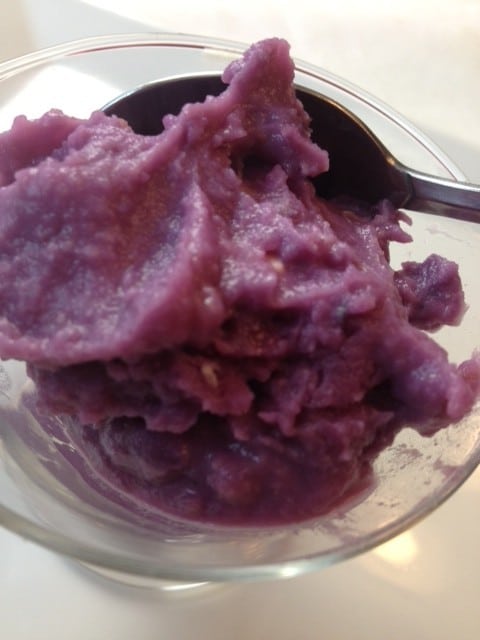
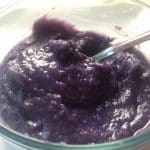
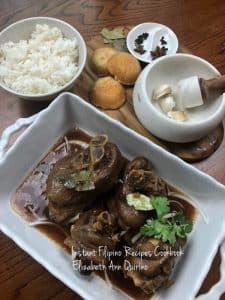
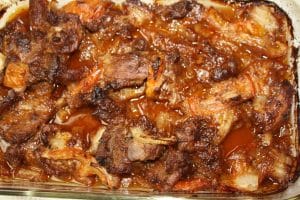

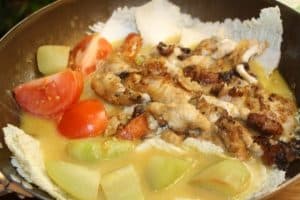
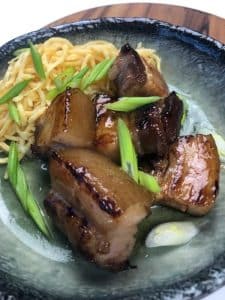

Wow…I’ve never tried purple yam jam but now I desperately want to! Love the color…
Thanks, Cheryl. Ube or purple yam is so abundant in the Philippines during the November-December months. I remember our household got busy with different ube desserts then. I miss it so I go buy the frozen packs (Filipino brand) in the Asian groceries. Hope you get to try it 🙂
Can you can this, for shelf storage? If so, what is the processing time for water bath?
Hi Ash, this Purple Yam jam keeps for around 2 weeks in the refrigerator. The procedure explains the jam is cooked by constant stirring on the stove-top.
I had never heard of this one, but you certainly make it sound great! I’ll have to keep my eye out for purple yam.
Thanks, Annabelle. Purple yam or ube is just heavenly. Try buying a frozen pack (16 oz) from the Asian grocery – it’s very affordable. Then follow the recipe here for Halayang Ube. It’s divine. I guarantee 🙂
I LOVE purple yam! It’s a really common dessert flavor in Taiwan, too. But kind of hard to find in the U.S. 😉
Hi Grace! You can find frozen packs of purple yam (ube) at Asian Groceries. I got mine at Kam Man. It’s in the Philippine frozen section. A pack comes in 16 oz. and very affordable. I saw the fresh purple yam tubers in the Japanese supermarket Mitsuwa, too. Enjoy & thanks for the blog-love 🙂
Hi Grace! You can find frozen packs of purple yam (ube) at Asian Groceries. I got mine at Kam Man. It’s in the Philippine frozen section. A pack comes in 16 oz. and very affordable. I saw the fresh purple yam tubers in the Japanese supermarket Mitsuwa, too. Enjoy & thanks for the blog-love 🙂
I love halayang ube. I remember my grandma used to make it using a huge talyasi (wok). They keep taking turns stirring and folding it until it thickens. It’s really a good arm workout. Yours have beautiful and vibrant color. Have a good weekend, Elizabeth! 🙂
Thanks Chef Ray! Those are good ube memories you have of your lola – hang on to them. Hope you got her recipe, too. Thanks for the kind comments. Happy weekend, as well 🙂
Thanks Chef Ray! Those are good ube memories you have of your lola – hang on to them. Hope you got her recipe, too. Thanks for the kind comments. Happy weekend, as well 🙂
Gorgeous! I’ve never heard of it before. Sounds delicious!
Thanks, Cookievore! You’ll love ube if you ever get to try it 🙂
So pretty! I’ve had lots of opportunity to try ube in San Francisco– in buns, in ice cream– thanks to the large Filipino population here. We even have a Goldilocks Bakery and Jollibees!
Thanks, Linda! You are so lucky to have ube flavors in your midst!
Ubelicious!
Thanks, Anne Marie! Indeed it is ube-lish!
So pretty! I hope to try purple yam jam someday!
Thanks, Lucy! So nice of you to visit the blog. I wish I could share a scoop of purple yam jam right now. Hope you enjoy it someday soon 🙂
Purple yams! How interesting! Too bad you don’t really like it. HAHAHAHAHA
Thanks, Margaret! Nice of you to stop by.Had fun doing the #LetsLunch event with you.
Christmas is near definitely we will make lots of this 🙂
Thanks, Raymund. The aroma and taste of the halayang ube reminded me of Christmas, way too early. Yes, I’ll be making lots, too, for the holidays!
I am not sure if it’s same but Okinawa has purple yam and I make it sweet like this and put it in pie. So good! I can scoop it up and eat this, Elizabeth. Looks yummy!
Thanks, Nami. You might be referring to the same type of purple yam. I have seen it in Japanese groceries here in the east coast and was pleased I found them. I’ve cooked the ones from the Japanese grocery the same way I described in this recipe. It’s a long process, but so worth it 🙂
Hello! I found a peeled frozen purple yam imported from PI in the Asian Store. Do I need to boil the yam?
Hi Jocelyn, does the package have directions or is the ube labeled “uncooked”, “raw”, “fresh” or anything that give you a clue it has not been boiled? If purchased in the USA, the FDA has regulations about package labels, so your purchase should have those directions. If you are not in the USA and there are no correct labels, then pierce the ube- purple yam with a fork. If it is as tough as a raw potato, then it must be uncooked. I suggest you boil it in water for about 35 minutes over medium high heat till it softens like the consistency of a mashed potato. Hope that helps. It’s the best suggestion I can give you considering I visually cannot see what you bought.
Thank you for the recipe! It’s the ube halaya taste that I was looking for!
Thanks, Lollo. Glad you found the recipe to your liking 🙂
After cooking as stated above, can you extend the shelf life by freezing it? Or canning like jam?
Hi Dawn. I have tried freezing it but it gets watery and the taste becomes different. My suggestion is to keep it refrigerated in a clean container. Its shelf life in the ref is not too long, as well. Enjoy the recipe 🙂
Would purple potatoes work as well?
Hi, Ruby. No, purple potatoes won’t work. Purple potatoes are different from purple yam.
hi there, thanks for the recipe. we do have frozen grated ube packs here in the asian stores. But do I have to thaw it first then boil it then cook with the rest of the ingredients?
Hi Yhene, first you thaw the frozen ube. These frozen ube have already been boiled. When it is thawed at room temperature, then combine the ube with the other ingredients and follow the rest of the procedure. Hope this helps. Thanks for visiting the blog 🙂